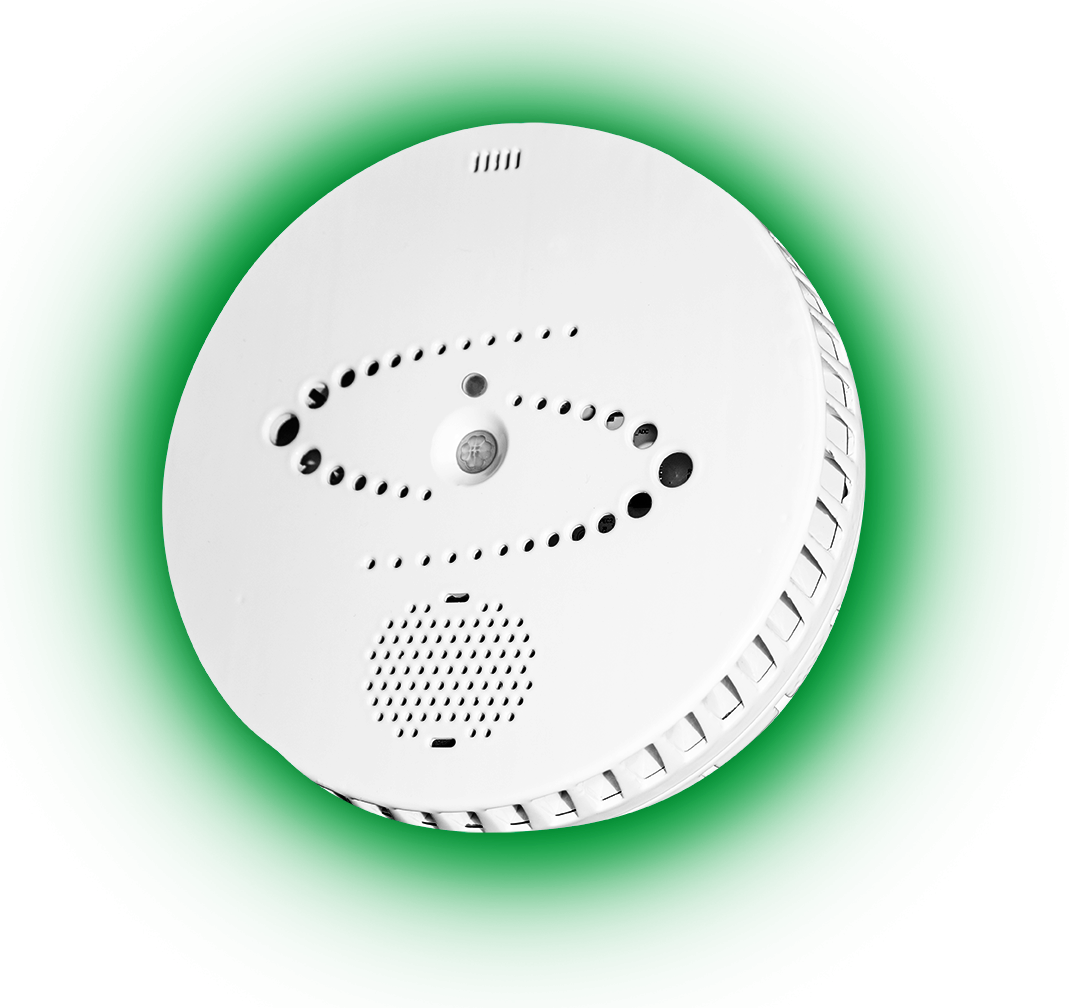Electronic cigarettes, also known as vaping, is becoming increasingly popular over the last few years, and as a result, concerns over the health risks and safety are also rising. Vaping can lead to secondhand smoke exposure, which is particularly dangerous in indoor settings like workplaces, homes, and schools. Many people use vape detectors to tackle this issue. They are able to detect and monitor vaping indoors. This article will discuss the various kinds of vape detection devices they come with, and the features they offer and how they are used in various environments.

Vape detectors make use of sensors to detect vape particles or smoke that is in the air. These devices are used to measure indoor vape emissions. This can be useful in enforcing smoking-free laws and in identifying areas where vaping might be a possibility. There are various types of vape detectors available that are suitable for home use, schools and other public spaces.
Vape detector for schools use are becoming increasingly popular among families who want to protect their children from the harmful effects of secondhand smoke. These detectors can be discreetly installed in living or bedroom areas where smoking cigarettes could be a possibility. They employ a range of sensors to detect vaping. These include PM2.5 sensors that can detect the emission of particles from vaping devices. Many vape detectors for home come with apps for smartphones to inform you that vaping has been detected.
Schools are another setting in which vape detectors are used to address the issue of vaping in the indoor environment. Many schools have enacted a smoking-free policy that bans the use of vaping devices. Vape detectors are a great tool to enforce school policies and aid in identifying areas which students are smoking. They are located in areas in which vaping could occur like hallways, bathrooms and locker rooms.
They are better than the ones designed for homes, because they cover a larger space and can differentiate between vaping (and other forms of smoke) and particles. These detectors make use of a variety of sensors to detect smoking. These include laser scattering sensors. Some models can differentiate between different devices for vaping like e-cigarettes and vaping pen.
Vape detectors can also be found in public places such as casinos, hotels and even offices. These detectors are made to provide a secure and healthy working environment for guests and employees by monitoring indoor air quality and detecting vaping. They are suitable for typical areas such as break rooms, conference rooms, and lobby spaces. They provide real-time info about the indoor air.
One of the most important advantages of vape detectors is their ability to use laser scattering technology to detect vape particles. This technology is extremely sensitive and can detect even small amounts of nicotine in the air. It operates by shining a laser light into the air to detect any particles. These devices allow vape detectors to provide highly accurate readings of the quality of air in the indoor environment and identify areas where vaping is prevalent.
Vape detectors for the home come with a significant feature: they can be connected to smartphone apps that send out alerts and notifications in real time when vaping is identified. This feature is particularly beneficial for parents who want to monitor their children’s indoor smoking habits, as well as for administrators who require to be alerted if students are vaping. Some vape detectors come with cloud-based storage of data which is useful for tracking patterns and identifying areas in which it is necessary to pay attention.
Vape detectors are able to detect and monitor indoor vaping, regardless of whether it is in public areas, such as schools and at home. These devices utilize sensors and technology to determine the quality of air in a room. They are also connected to smartphone apps to receive notifications in real-time and alerts.
Vape detectors are the answer to safeguarding the health of those who are exposed to indoor air pollution. Vape detectors are able to eliminate the distractions that distract us and let us focus on monitoring the quality of air. They are still relatively new and their effects require further research. But, it’s believed they have the potential to improve indoor air quality and our overall health. Vape detectors have proven that it is effective in capturing and reducing harmful substances like volatile organic compounds (VOCs) as well as carbon monoxide (CO) and ultrafine particulate matter (PM2.5). It can now more easily detect products that are vaping with greater accuracy than it was previously. Vape detectors are a great advancement in the area of safety and health. The use of this innovative technology is expanding, and it may one day be able protect us from the risks associated with smoking or vaping within our homes.